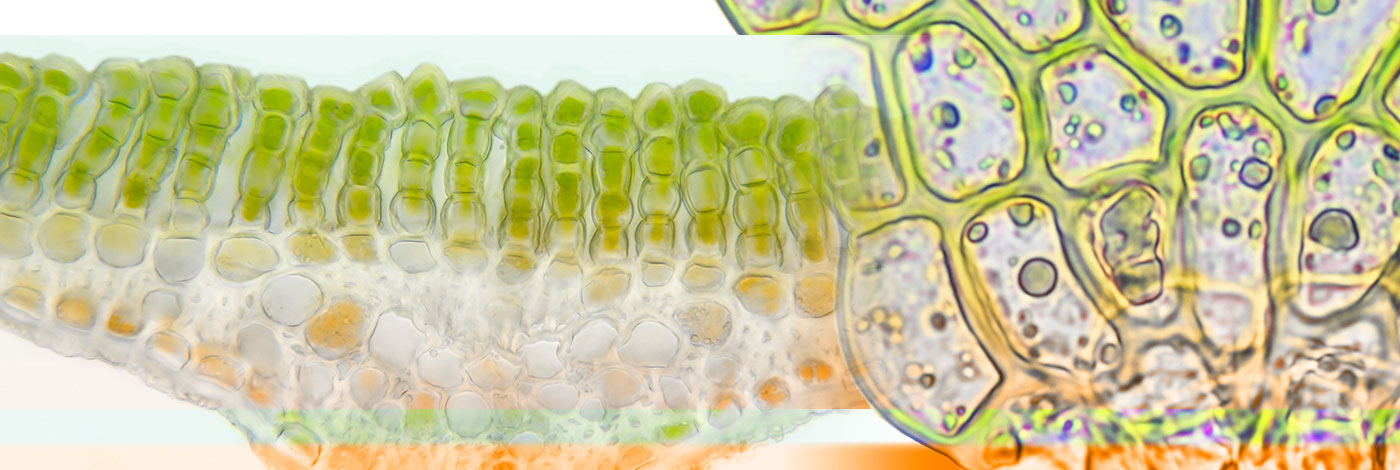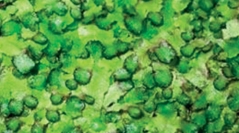

 Cryptogamie, Bryologie
34 (3) - Pages 313-323
Cryptogamie, Bryologie
34 (3) - Pages 313-323Axenic cultures of the thalloid liverwort Cryptomitrium himalayense Kashyap were established from spores and propagated in vitro under a variety of culture media and controlled environments to determine the optimum conditions for the onset of sexual phase. Enhanced vegetative growth in form of overlapping rosette-forming thalli occurs on half strength Knop's medium as well as in Hoagland medium under continuous illumination of 2.93 W/m² at 21ºC from the production of innovations from the basal parts of the dorsal surfaces of the thalli. Thalli became shorter and produced tuberous swelling following nutrient depletion and drying out of the medium. Sex organs were produced only on Hoagland medium supplemented with 1 sucrose under a long day regime with colder nights (16 hours light at 21ºC and of 8 hours darkness at 15ºC). Thalli acclimatized and transferred on soil also produced sex organs under similar conditions of photoperiod and temperature.